Szukaj
Wyświetlanie pozycji 1-10 z 12
Feed as a mechanical vector in the transmission of swine viral diseases
(2021)
The current African swine fever (ASF) epizootic in Europe and Asia has clearly highlighted the crucial role of effective biosecurity in preventing and controlling infectious diseases and in ensuring a high health status ...
Analysis of β-agonists in different biological matrices by liquid chromatography–tandem mass spectrometry
(National Veterinary Research Institute in Pulawy, 2021)
Introduction: Wide use is made of β-agonists in therapy due to their smooth muscle–relaxant properties. They also have
a side effect of increasing muscle mass. Besides improving oxygen utilisation as bronchodilators, ...
Dioxins and polychlorinated biphenyls in insect processed animal proteins used as a feed – is there a health risk?
(Wageningen Academic Publishers, 2022)
Insects have all the characteristics necessary to become an alternative source of protein in feed. However, as with feed materials of animal origin, insect processed animal proteins (IPAPs) can also accumulate persistent ...
Microbiological contamination of feed – current hazards and new challenges
(Polskie Towarzystwo Nauk Weterynaryjnych, 2022)
Feed microflora remains a very complex and still largely uncharacterized ecosystem. Given the wide range of
potential sources of microbial contamination that may come into contact with feed, a variety of microorganisms, ...
Scopolamine and atropine in feeds – determination with liquid chromatography mass spectrometry
(2022)
Tropane alkaloids (TAs) are naturally occurring plant toxins. Due to the fact that TA-producing plants can enter the food chain, they pose a risk for animals and human health. Therefore, sensitive analytical methods need ...
Feed as a source of dioxins and PCBs
(PERGAMON-ELSEVIER SCIENCE LTD, ENGLAND, 2022)
Dioxins (PCDD/PCDF) and polychlorinated biphenyls (PCBs) are a group of undesirable chemicals classified as persistent organic pollutants (POPs). The main route of human exposure to these compounds is through the diet ...
Present knowledge in food safety. A risk-based approach through the food chain
(2022)
Animal feed production is a complex process involving severalsteps during feed milling. In feed manufacturing, there arenumerous opportunities to introduce microorganisms from variousenvironmental and other sources. While ...
Present knowledge in food safety. A risk-based approach through the food chain
(2022)
The production, processing, and marketing process in the food chain starting at the stage of primary production and ending with households, that is, after traveling all the way “from farm to fork,” it is exposed to various ...
Inter-laboratory validation of liquid chromatography–tandem mass spectrometry multi-mycotoxin determination in animal feed – method transfer from the reference laboratory to regional laboratories
(National Veterinary Research Institute in Pulawy; Poland, 2023)
Introduction: The results are presented of the inter-laboratory validation of a liquid chromatography–tandem mass spectrometry method for the determination of eight mycotoxins (aflatoxin B1, deoxynivalenol, fumonisin B1, ...
Źródła dioksyn i polichlorowanych bifenyli w materiałach paszowych
(Krajowa Izba Lekarsko-Weterynaryjna, 2023)
Dioxins (PCDD/PCDF), and polychlorinated biphenyls (PCBs), are classified aspersistent organic pollutants (POPs). The main route of human exposure to thesecompounds is the diet, with food of animal origin being the dominant ...
